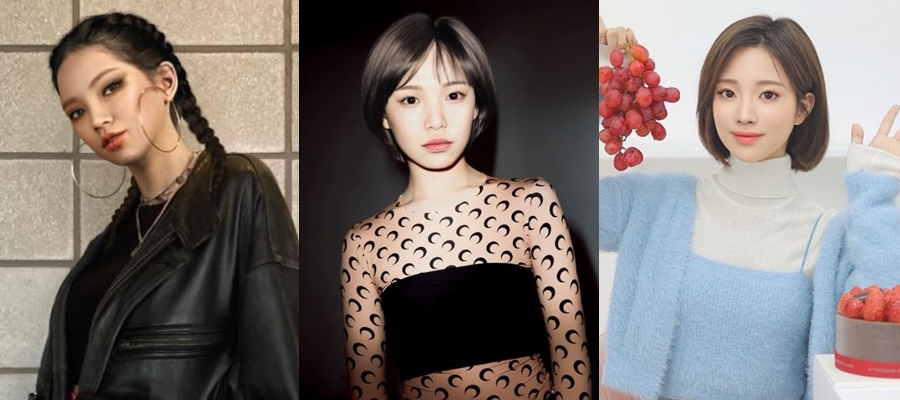 |
From left: Virtual influencers Rozy, Reah Keem and Han Yu-A (Instagram) |
While a growing number of businesses are choosing virtual social media influencers to promote their brands, others are seeking to take these artificial intelligence personalities into the entertainment industry as well.
Rozy, the first virtual social media influencer in South Korea, is set to debut as a singer with her first single “Who Am I” on Feb. 22. The debut single is produced by Vanilla acoustic’s Jung Jae-won, who has worked with artists such as Bolbbalgan4.
Prior to her singing debut, the virtual figure surprised viewers by making a cameo appearance in Tving‘s comedy series “Dr. Park’s Clinic” last week.
Rozy is joined by other virtual influencers working with local entertainment companies.
Reah Keem is preparing to debut as a singer, with Mystic Story’s chief producer Yoon Jong-shin overseeing the project. On Monday, Han Yu-A signed up with YG KPlus, hoping to expand her career from broadcasting to performances.
The first-ever virtual artist was Japan’s Kyoko Date, who debuted in 1996. Virtual singer Adam, who debuted in 1998 here, was successful in drawing attention. Cyda and Lusia followed in Adam’s footsteps. However, the first generation of virtual singers were abandoned as production costs exceeded revenue.
Meanwhile, virtual influencers have become a blue ocean in today’s entertainment market. Although they are computer-generated, their diverse character traits and talents make them seem almost human. Virtual humans can be widely utilized in areas such as advertising, music and acting.
Companies also find virtual influencers more attractive, as they are scandal-free and do not age. There are no time or space constraints, and they are cheaper to work with than top celebrities in the long term, according to entertainment industry insiders.
“It has become much easier to create a virtual character’s looks and make its movements look natural just like a real human, thanks to technological advancements. Although it is hard to calculate the exact cost, virtual influencers are cost-effective. They are easier to manage and usable in various entertainment activities (than people),” said an industry official on condition of anonymity.
Culture critic Jung Duk-hyun, who was involved in the Adam project, told The Korea Herald that the entertainment industry readily attracts attention. The ultimate goal of virtual influencers is to expand the concept of computer-generated 3D avatars, he added.
“Considering today’s technology, making a singing debut is the easiest step, followed by modeling. That is why many producers behind virtual humans choose to debut figures as singers or models first. Making a virtual influencer speak one’s lines with natural acting motions will require more advanced technologies,” Jung said.
The attraction of using virtual influencers as entertainers is that content itself can generate profit. However, it can be difficult to win people over with a virtual human’s uncanny looks and motions. If it looks too much like a human, it’s creepy. And if it mimics a human, it feels like a zombie, he elaborated.
To allieviate the unease or revulsion people may feel toward AI or humanoids, virtual humans are often created with “imperfections,” such as freckles or unnatural facial expressions, Jung explained.
Korea is not the only country that is witnessing a rapidly growing popularity of virtual humans in the entertainment industry. Chinese e-commerce giant Alibaba Group Holding introduced Dong Dong, a virtual idol promoting the 2022 Beijing Winter Olympics.
By Jie Ye-eun (
yeeun@heraldcorp.com)








![[Today’s K-pop] Blackpink’s Jennie, Lisa invited to Coachella as solo acts](http://res.heraldm.com/phpwas/restmb_idxmake.php?idx=644&simg=/content/image/2024/11/21/20241121050099_0.jpg)